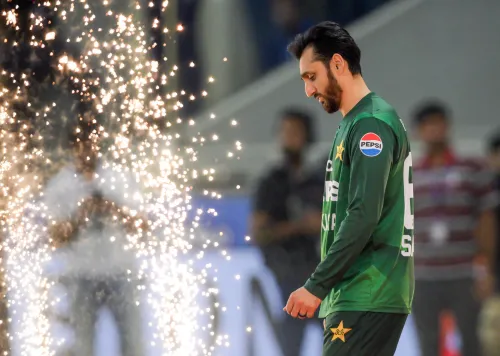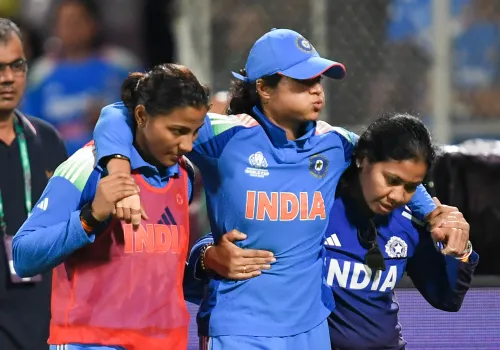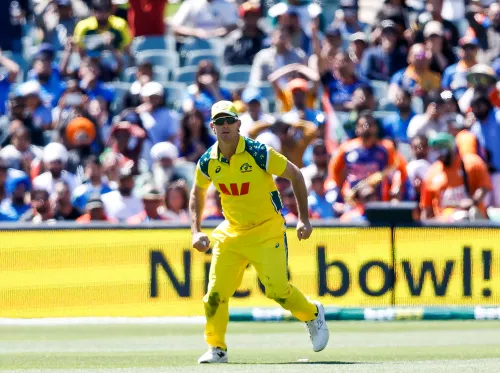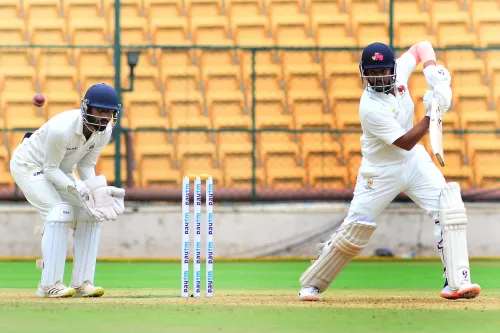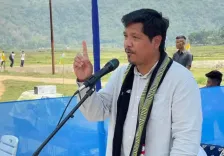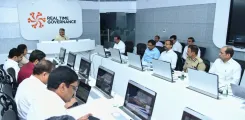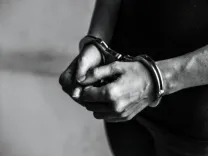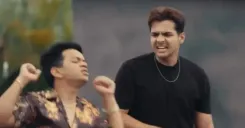What Does M.M Somaya Reflect on as Indian Hockey Marks 100 Years?
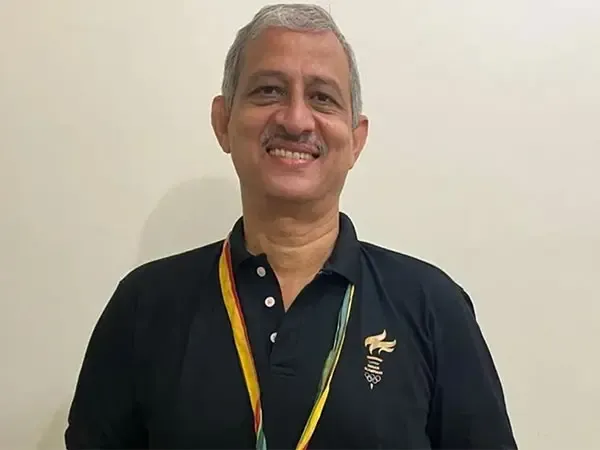
Synopsis
Key Takeaways
- Indian hockey has a legacy of 100 years, celebrated for its achievements.
- M.M Somaya reflects on the past and honors unsung contributors.
- The sport has evolved significantly, now focusing on structure and strategy.
- Today's players exhibit world-class professionalism and approach.
- A strong talent pipeline is essential for future success.
New Delhi, Oct 27 (NationPress) For many years, Indian hockey has set the standard for excellence on the global platform. With an impressive tally of 13 Olympic medals — comprising eight gold, one silver, and four bronze — India has established itself as a powerhouse in the sport. Very few individuals have witnessed this illustrious period as closely as M.M Somaya, who proudly represented the nation in three consecutive Olympics: 1980, 1984, and 1988.
As a key player in the gold medal-winning team at the 1980 Moscow Olympics, Somaya also had the privilege of leading the Indian side as captain during the 1988 Seoul Olympics.
As the hockey community in India unites to celebrate 100 years of the sport's formal establishment in the country, Somaya views this significant milestone as more than just a tribute to victories and medals. To him, it is also a recognition of the many individuals and organizations that have played a crucial role in supporting the sport. This centennial not only honors the unsung heroes who laid the groundwork for Indian hockey but also celebrates the players who brought the tricolor to international prominence.
“While it is essential to celebrate the players who have brought fame to our nation, I would like to dedicate this centenary to the unsung heroes behind the scenes,” Somaya expressed, as reported by Hockey India. “From organizations like the Indian Railways, Armed Forces, Police, Banks, and Petroleum companies to the loyal fans who have stood by the game through thick and thin — all have been instrumental in creating the ecosystem that sustains Indian hockey, and they deserve equal acknowledgment.”
Somaya embarked on his journey during a transformative phase in hockey, as the sport transitioned from natural grass to artificial turf, marking a pivotal evolution in its modern development. “I had never encountered AstroTurf before the Moscow Olympics. We had to quickly adapt to an entirely new surface that altered the game’s pace and strategies. Over the years, Indian hockey has learned to evolve, shifting from individual brilliance to a more structured and strategic approach.”
Reflecting on his experiences across three Olympic appearances, Somaya shared, “Competing in three Olympics was a tremendous honor and a test of my dedication. I didn’t face much competition for my position as a right half, but it required immense commitment and discipline. The support I received from my family and friends motivated me greatly. My employers were incredibly supportive, allowing me the freedom to practice extensively. Back then, there were no substantial financial incentives for playing hockey; it was purely our love for the sport that kept us going. That passion still drives me today, even as I continue to enjoy the game as an avid spectator.”
Somaya believes that the last 15 years have been among the most transformative in the history of Indian hockey. “We are now playing a faster, more organized form of hockey. The introduction of world-class coaches, scientific training methodologies, and robust academies across states like Punjab, Odisha, and Haryana has completely revolutionized the sport,” he stated.
Applauding the current Indian men’s and women’s teams, Somaya remarked, “The professionalism, fitness levels, and scientific approach of today’s players — encompassing nutrition, recovery, and tactical preparation — are truly world-class. The bronze medal at the Tokyo Olympics was not merely a medal; it represented the resurgence of Indian hockey. This is a golden generation in every aspect.”
Looking towards the future, the former captain highlighted the necessity of a well-structured talent pipeline to ensure India’s continued success in the coming century. “We must begin early — implementing structured programs for under-12 to under-21 age groups. The development squad and India A teams are commendable initiatives. If we continue to train young players scientifically and expose them to international competition, India will remain among the global elite for many years ahead.”
As Indian hockey celebrates its centenary, Somaya’s reflections bring forth cherished memories of the past while also inspiring hope for the future. “This centenary is not just a celebration of the champions who donned the Indian jersey; it is a tribute to every unseen contributor — administrators, employers, coaches, and fans — who have upheld the spirit of Indian hockey for a century,” he concluded.
vi/bc

